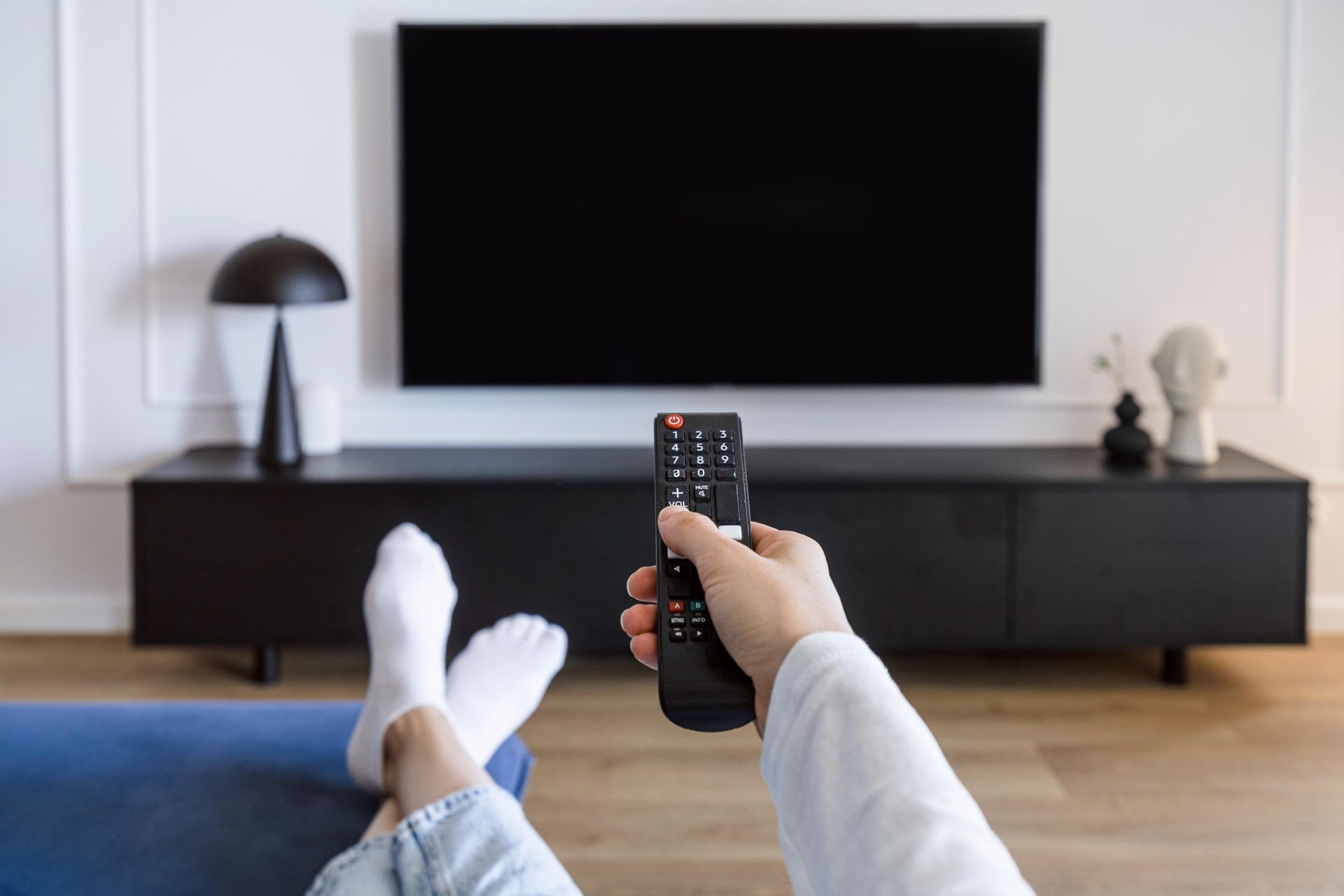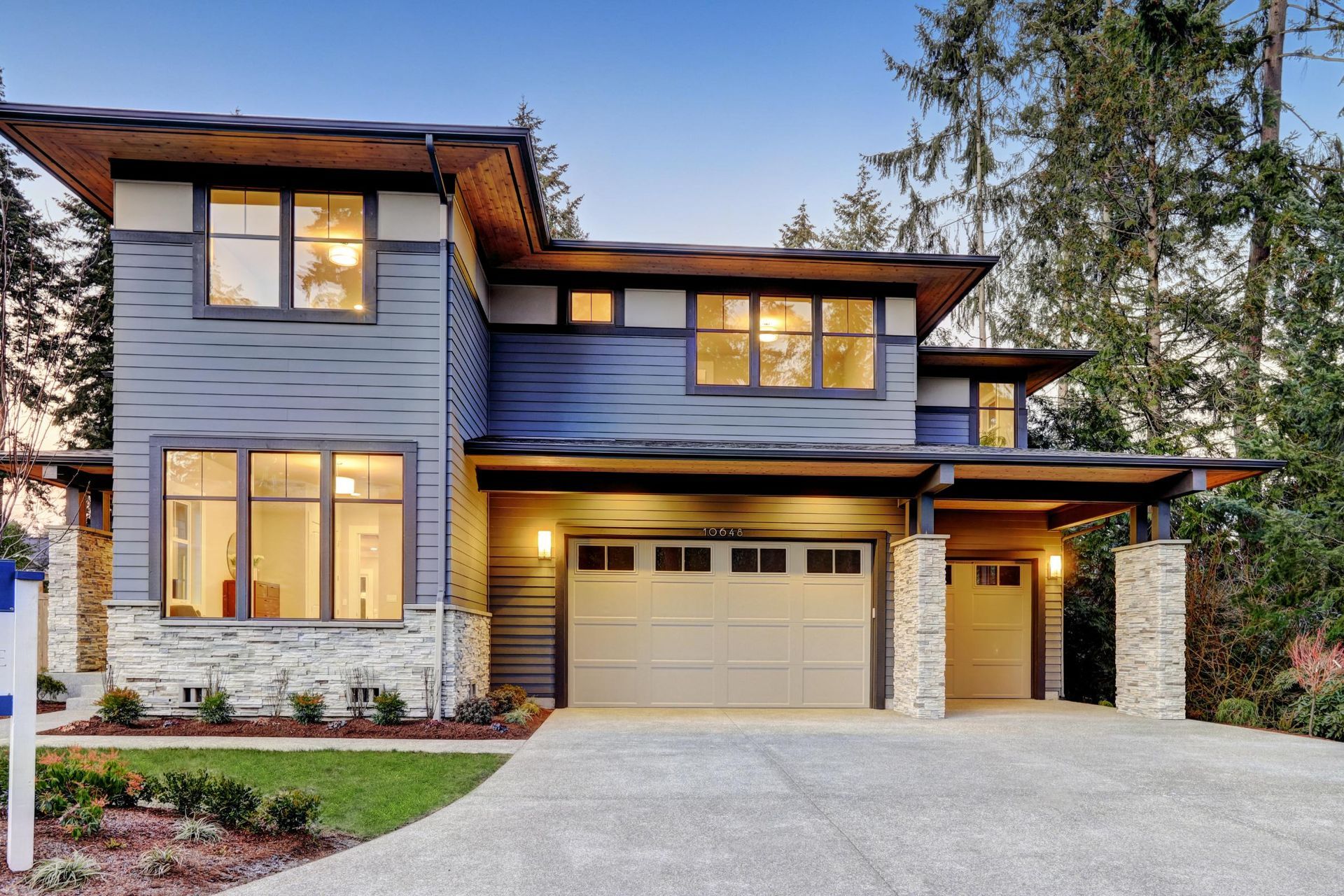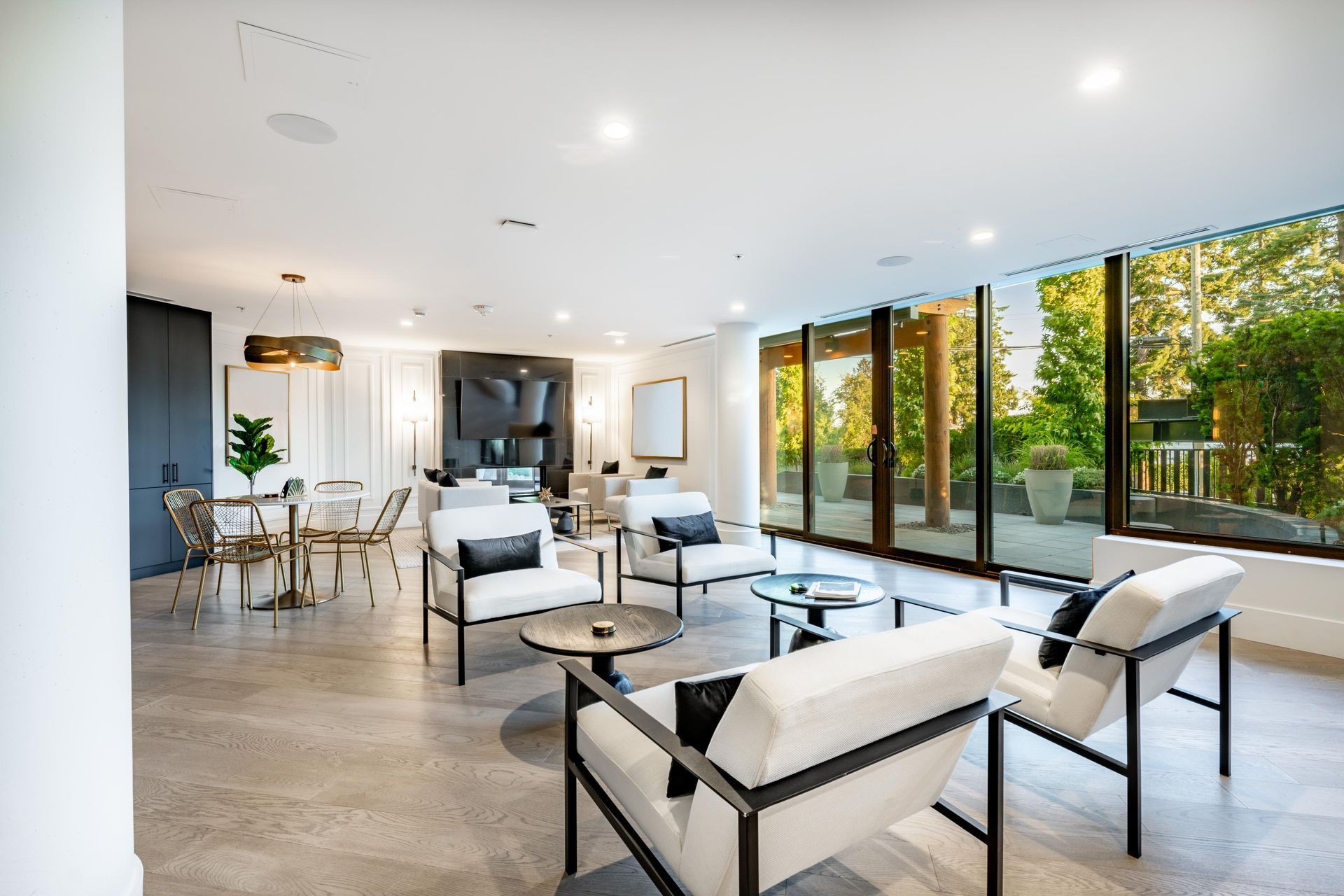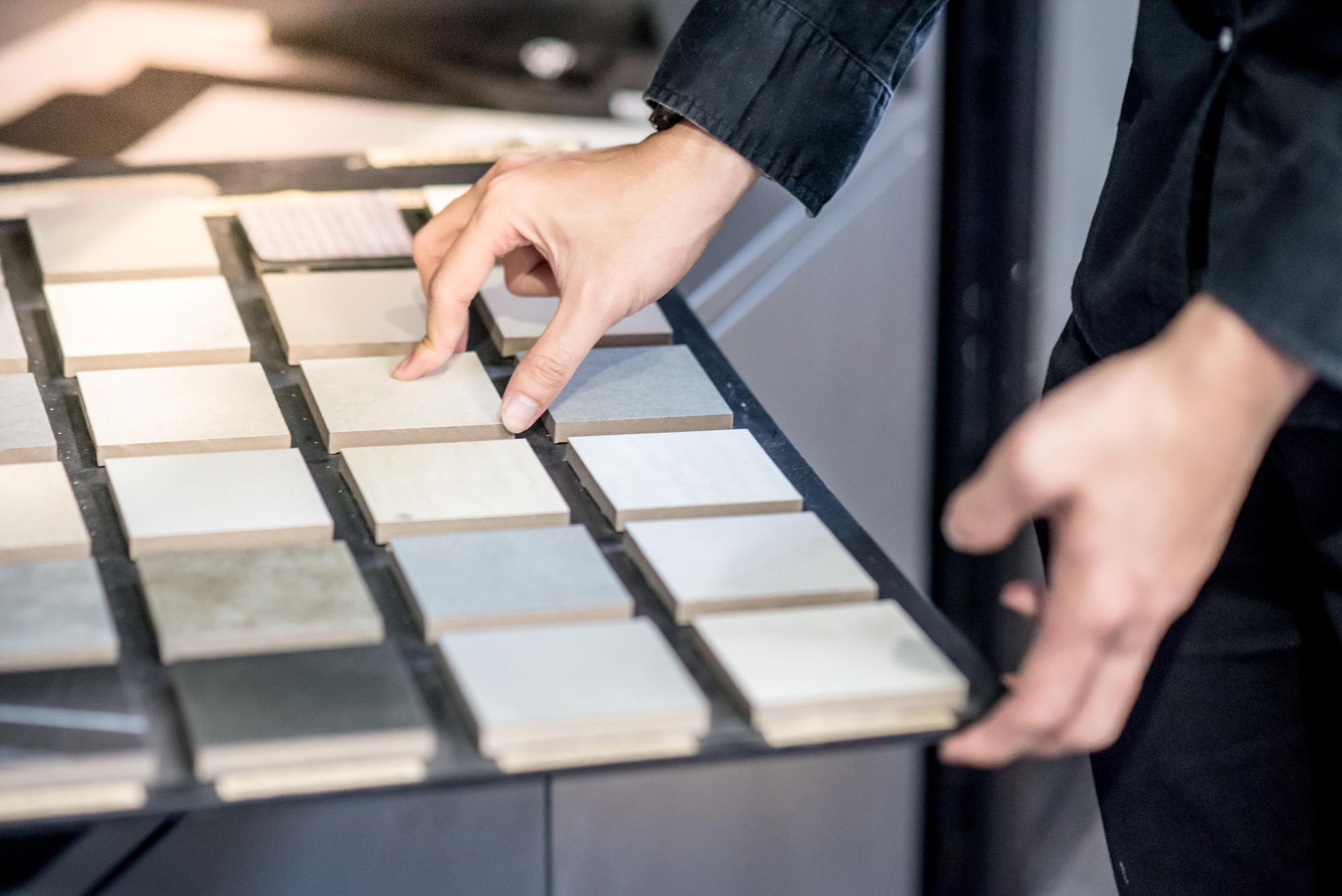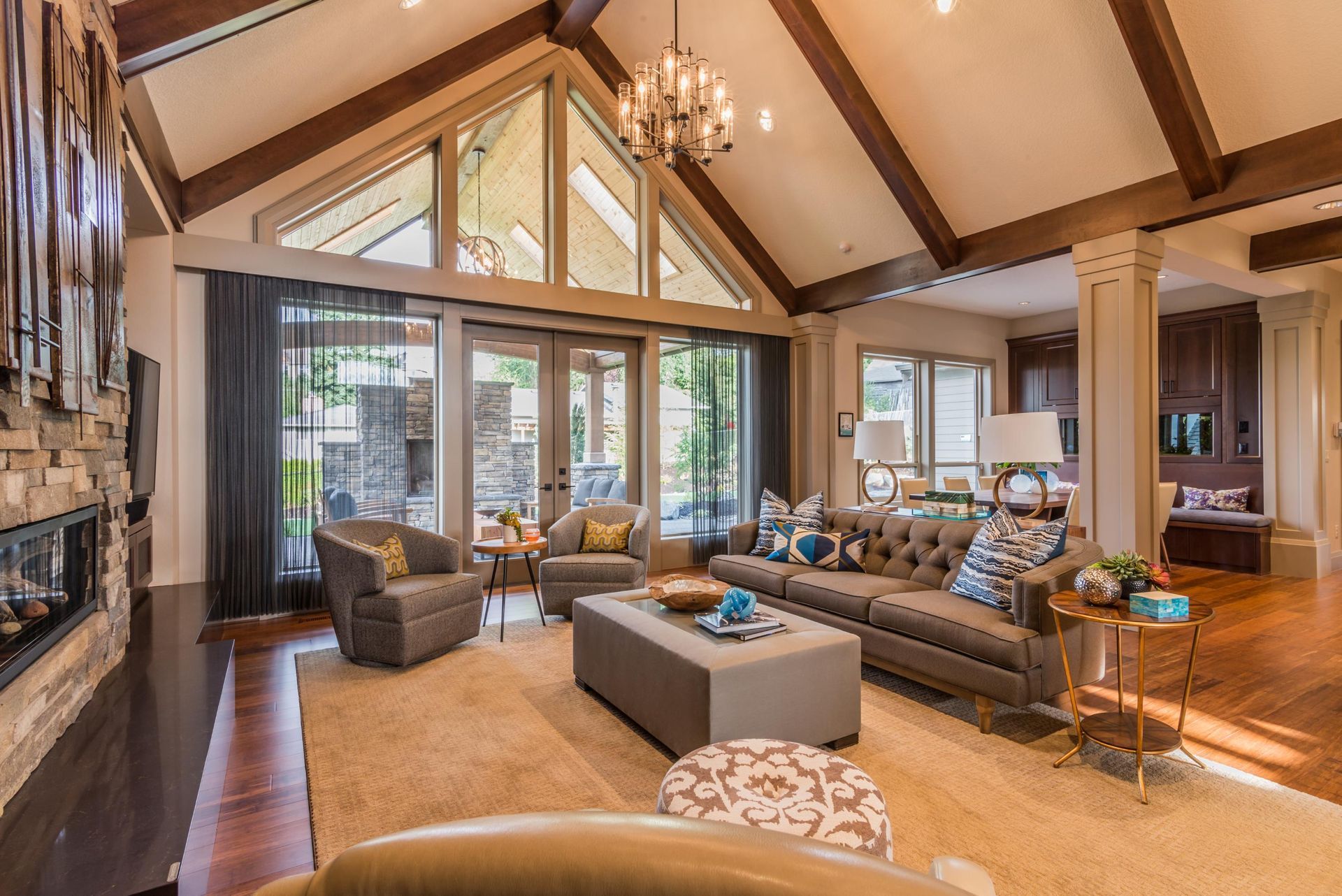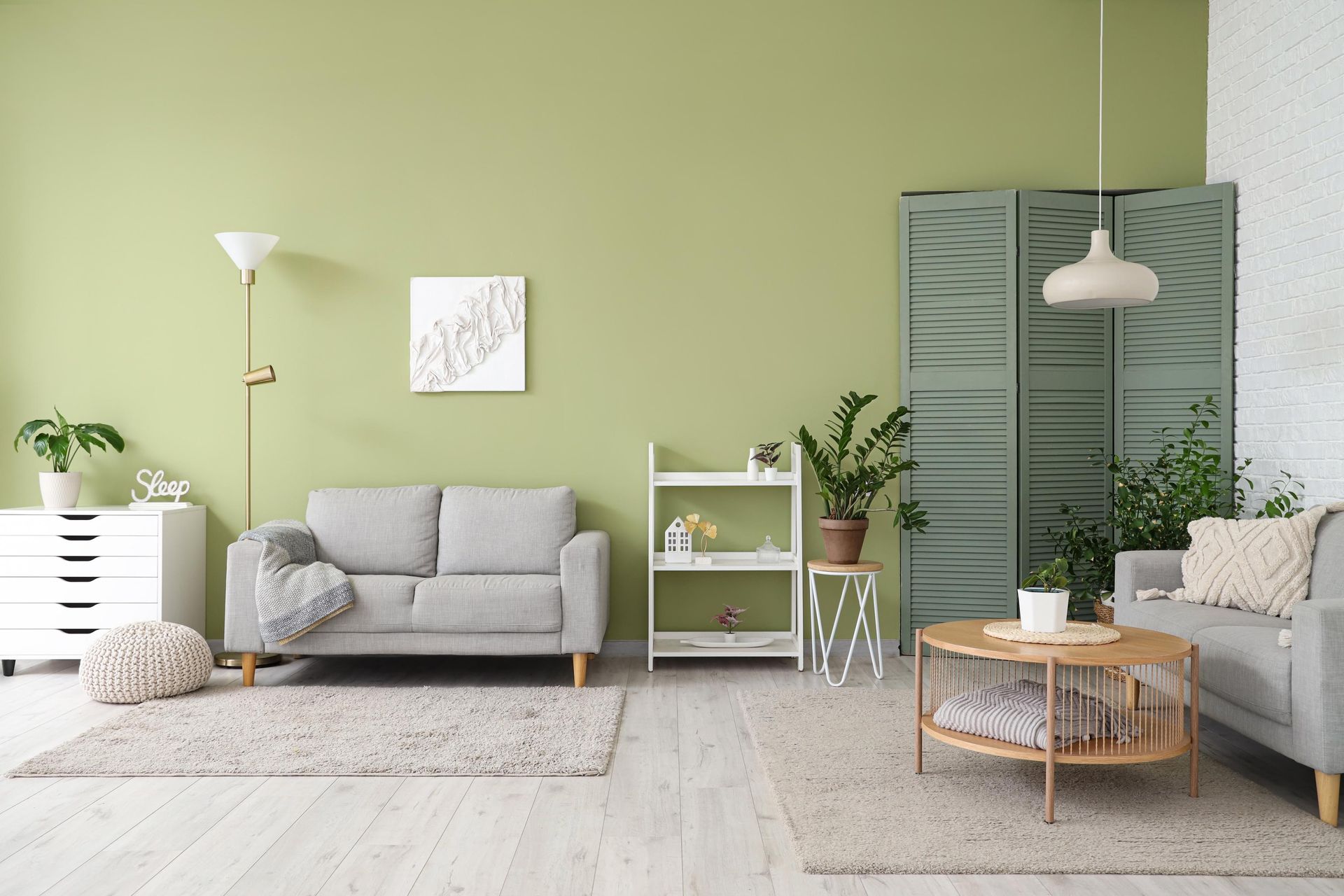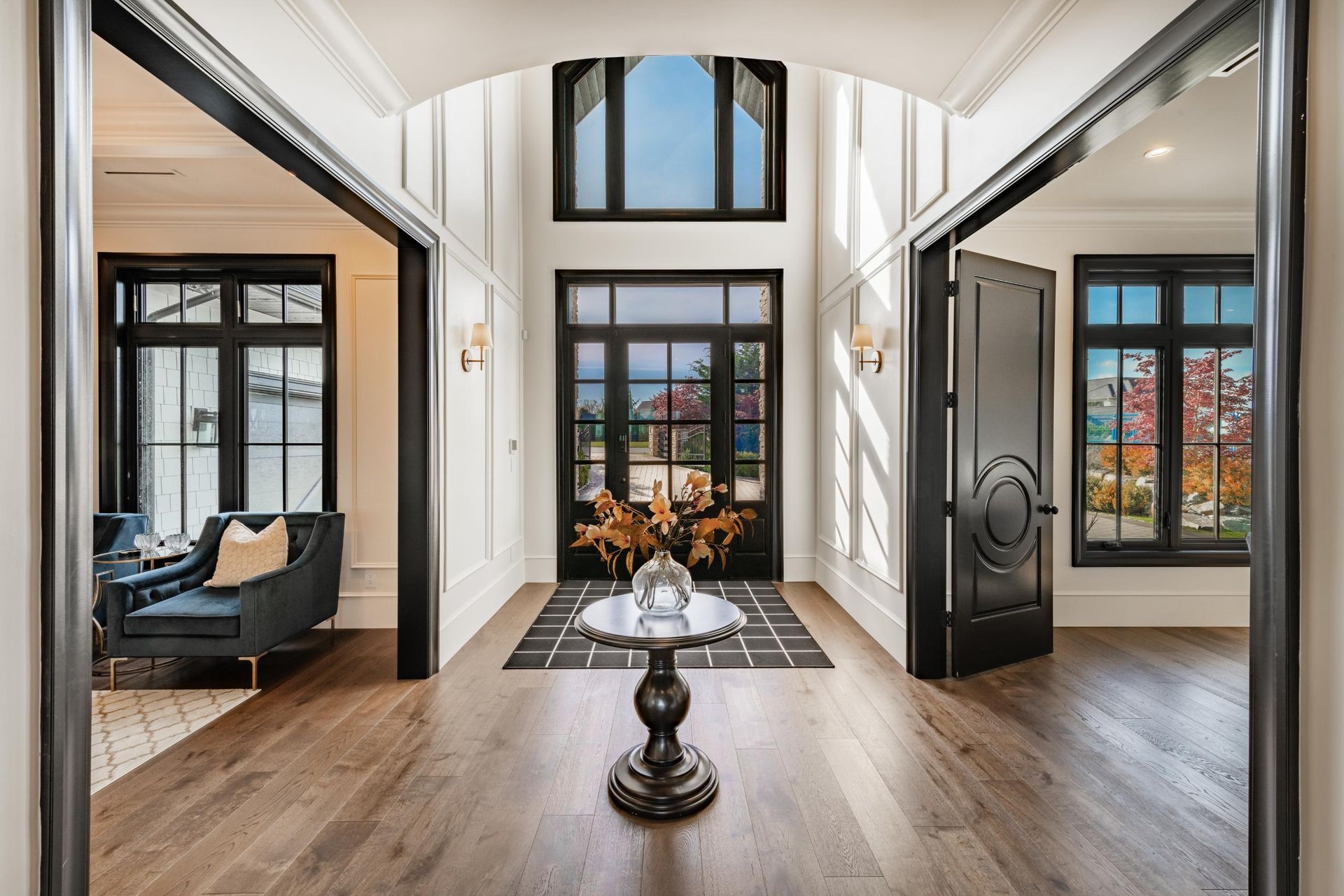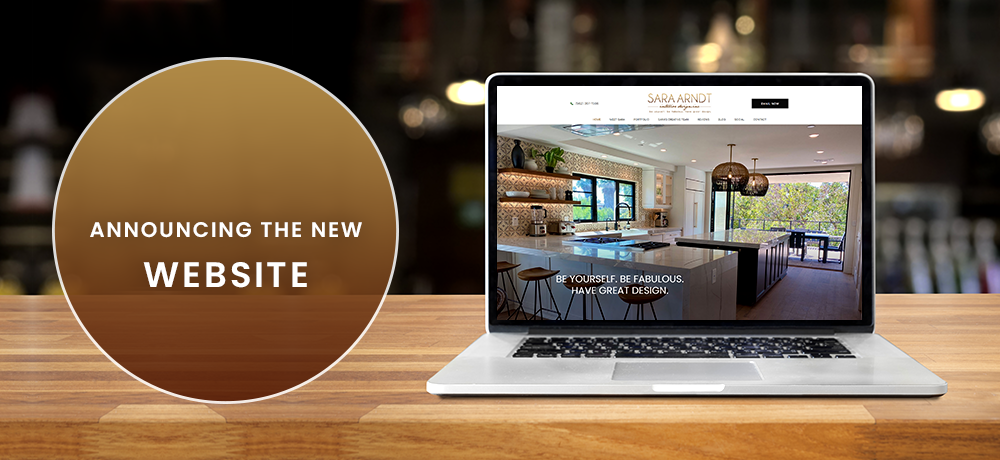The Role of Texture in Interior Design
In the realm of luxury interior design, texture plays a pivotal role in transforming a living space from ordinary to extraordinary. For high-end homeowners, the tactile and visual elements of texture are essential in creating an environment that exudes sophistication and elegance. This guide delves into the impact of texture in luxury interiors, offering insights and inspiration for those seeking to elevate their homes with refined design elements.
The Importance of Texture in High-End Interior Design
Texture is more than just a visual element; it is a sensory experience that adds depth and dimension to a space. In luxury interior design, texture is used to create contrast, highlight architectural features, and evoke emotions. Whether it's the smoothness of silk drapes, the roughness of a stone fireplace, or the plushness of a velvet sofa, each texture contributes to the overall ambiance and aesthetic of a room.
- Visual Interest: Textures break the monotony and add layers to a design, making spaces more engaging and visually appealing.
- Emotional Impact: Different textures can evoke various feelings, from warmth and coziness to sleek modernity.
- Balance and Harmony: When used strategically, textures can balance a space, ensuring no single element overwhelms the design.
Exploring Different Types of Textures
Understanding the diverse range of textures available is crucial for homeowners aiming to achieve a luxurious feel in their interiors. Here are some key textures commonly used in high-end design:
Natural Textures
Natural materials such as wood, stone, and leather bring an organic and timeless quality to a space. These materials not only add texture but also introduce a sense of authenticity and connection to nature. For instance, a reclaimed wood accent wall can serve as a focal point, while a marble countertop adds elegance and sophistication.
Fabric Textures
Fabrics are a versatile medium for introducing texture into a room. From the softness of cashmere throws to the opulence of velvet upholstery, fabrics can dramatically alter the feel of a space. High-end fabrics often feature intricate patterns and rich colors, adding both visual and tactile interest.
Metallic Textures
Metallic elements such as gold, silver, and brass are synonymous with luxury. These materials can be incorporated through fixtures, furniture, and decorative accents. The reflective quality of metals adds a touch of glamour and can enhance the light in a room, creating a more dynamic environment.
Incorporating Texture into Your Home
For those looking to incorporate texture into their luxury interiors, it's essential to consider both the visual and tactile aspects. Here are some strategies to effectively use texture in your home:
- Layering: Combine different textures to create depth and interest. For example, layer a plush rug over a hardwood floor and add a mix of throw pillows on a leather sofa.
- Accent Walls: Use textured wallpaper, wood paneling, or stone cladding to create an accent wall that draws attention and adds character.
- Statement Pieces: Invest in statement pieces with unique textures, such as a sculptural light fixture or a textured art piece, to serve as conversation starters.
Incorporating texture into your home not only enhances its aesthetic appeal but also creates a more inviting and comfortable atmosphere. By thoughtfully selecting and combining textures, you can craft a space that reflects your personal style and meets the high standards of luxury living.
Creating a Luxurious Atmosphere with Texture
Texture is a powerful tool in the arsenal of luxury interior design, capable of transforming a room's atmosphere and mood. By strategically incorporating various textures, homeowners can craft spaces that are not only visually appealing but also emotionally resonant.
Consider the following techniques to create a luxurious atmosphere:
- Contrast and Complement: Pair contrasting textures to create a dynamic and engaging environment. For example, juxtapose the sleekness of a glass coffee table with the rough texture of a woven rug.
- Subtle Sophistication: Use subtle textures in neutral tones to add sophistication without overwhelming the senses. Linen curtains or a sisal rug can introduce texture while maintaining a calm and elegant palette.
- Focal Points: Use texture to draw attention to specific areas or features within a room. A textured headboard in a bedroom can serve as a striking focal point, enhancing the room's overall design.
The Role of Lighting in Highlighting TexturE
Lighting plays a critical role in accentuating the textures within a space. The interplay between light and texture can dramatically alter the perception of a room, enhancing its depth and character.
Here are some lighting strategies to highlight texture:
- Directional Lighting: Use spotlights or directional lamps to cast shadows and highlight the texture of surfaces like brick walls or textured ceilings.
- Ambient Lighting: Soft, ambient lighting can enhance the warmth and richness of textured fabrics and materials, creating a cozy and inviting atmosphere.
- Layered Lighting: Combine multiple lighting sources, such as chandeliers, floor lamps, and wall sconces, to create a layered effect that emphasizes different textures throughout the room.
Texture and Color: A Harmonious Relationship
Texture and color work hand in hand to create a cohesive and harmonious design. The right combination of texture and color can elevate a space from mundane to magnificent, providing a sense of balance and unity.
Consider these tips for integrating texture and color:
- Monochromatic Schemes: Use varying textures within a single color palette to add depth and interest. This approach allows for a sophisticated and cohesive look without the need for contrasting colors.
- Bold Accents: Introduce bold colors through textured elements like cushions or throws to create visual interest and a touch of drama.
- Natural Hues: Opt for textures in natural colors to create a serene and organic feel. Textured wood or stone in earthy tones can ground a space and connect it to the natural world.
Integrating Texture with Modern Technology
In the contemporary world of luxury interior design, technology plays an increasingly significant role in enhancing the application and appreciation of texture. By integrating advanced technologies, homeowners can achieve a more immersive and personalized design experience.
- 3D Visualization: Utilize 3D rendering software to visualize how different textures will look in your space. This technology allows for experimentation with various materials and finishes before making a final decision.
- Virtual Reality Tours: Experience your redesigned space through virtual reality tours that provide a realistic sense of how textures interact with other design elements in your home.
- Smart Home Integration: Incorporate smart home technologies that can adjust lighting and climate settings to highlight textures and enhance the overall ambiance of a room.
The Psychological Impact of Texture in Luxury Interiors
Texture not only influences the aesthetic of a space but also has profound psychological effects on its occupants. Understanding these impacts can help homeowners make informed design choices that enhance their well-being.
- Comfort and Relaxation: Soft and plush textures, such as wool or chenille, can create a sense of comfort and relaxation, making spaces feel more inviting and cozy.
- Stimulation and Energy: Bold textures, like metallics or geometric patterns, can energize a space and stimulate creativity and activity.
- Tranquility and Balance: Natural textures, such as stone or wood, provide a grounding effect that promotes tranquility and balance within a space.
Customizing Texture to Reflect Personal Style
Every home is a reflection of its owner's personality and lifestyle. By customizing textures, homeowners can create spaces that are uniquely theirs, resonating with their personal tastes and preferences.
- Personalized Fabrics: Choose fabrics with patterns or colors that resonate with your personal style, whether it's minimalist, eclectic, or classic.
- Artisanal Touches: Incorporate handcrafted elements, such as woven baskets or bespoke furniture, to add a personal and artisanal touch to your interiors.
- Cultural Influences: Integrate textures that reflect your cultural heritage or personal experiences, adding depth and meaning to your home design.
By thoughtfully selecting and integrating textures, high-end homeowners can transform their interiors into spaces that are not only luxurious but also deeply personal and meaningful.
At Sara Arndt Interior Design, Inc., we are dedicated to helping you achieve your vision of a luxurious and textured home. Our expertise in high-end design and access to exclusive resources ensure that your space is uniquely tailored to your preferences. Contact us at sara@interiordesignla.com to explore how we can enhance your home with the perfect blend of textures.
